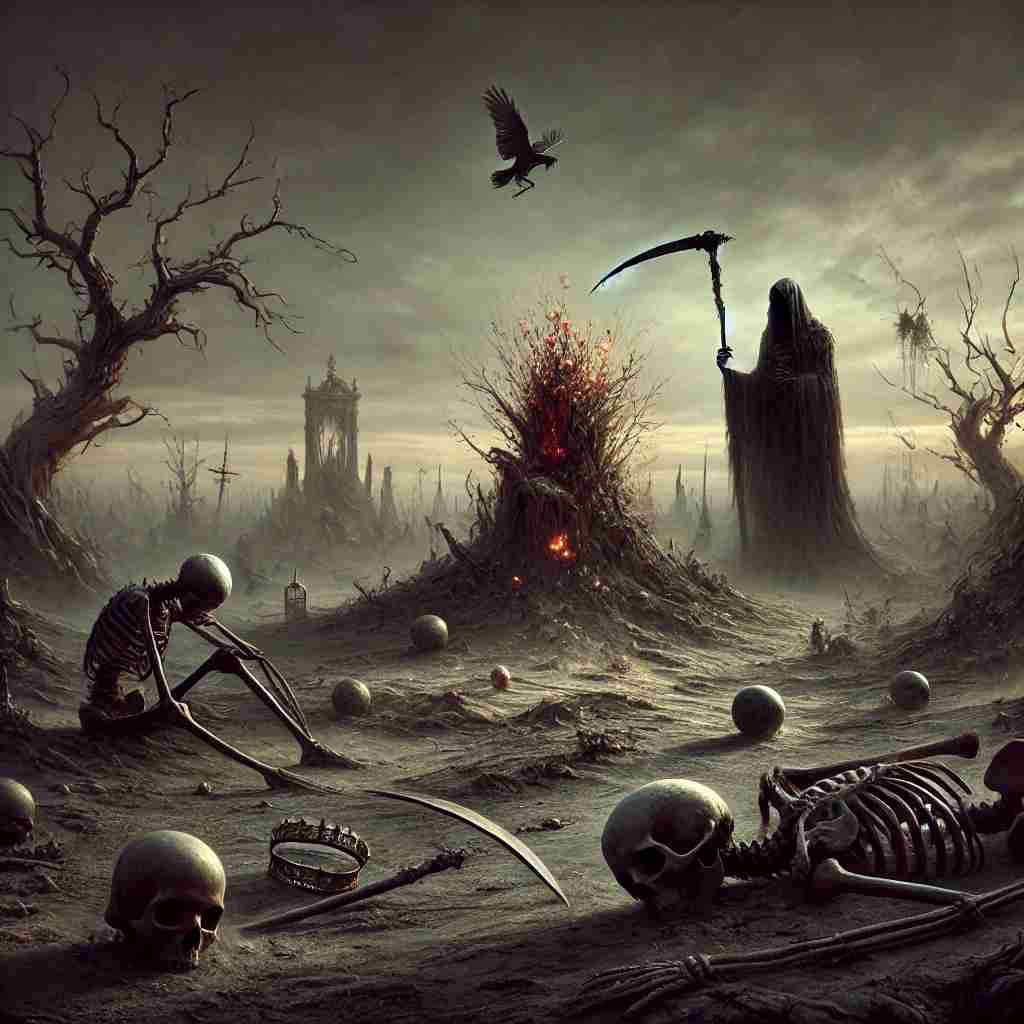1 Poems by James Shirley
1596 - 1666
James Shirley Biography
James Shirley (1596-1666) stands as one of the last great practitioners of English Renaissance drama, bridging the gap between the golden age of Elizabethan theater and the Restoration period. Born in London during the final years of Elizabeth I's reign, Shirley emerged from relatively humble beginnings to become the most significant dramatic voice of the Caroline era, producing an impressive body of work that would influence generations of playwrights to follow.
Shirley's early life was marked by academic excellence and religious contemplation. Educated at Merchant Taylors' School and later at St. John's College, Oxford, he demonstrated a precocious talent for Latin and theological discourse. However, his apparent intention to take holy orders in the Church of England was thwarted by William Laud, then Bishop of London, allegedly due to a large mole on Shirley's left cheek – an anecdote that speaks volumes about the arbitrary nature of advancement in early modern England.
After a brief stint as a schoolmaster at St. Albans Grammar School, Shirley converted to Catholicism and began his literary career in earnest. His first play, "Love Tricks," was performed in 1625, marking the beginning of a prolific period that would see him produce nearly forty plays over the next two decades. Unlike many of his contemporaries who wrote primarily for public theaters, Shirley's works were often performed at the private Cockpit Theater and increasingly for the court of Charles I, earning him the unofficial title of court dramatist.
Shirley's dramatic works display a remarkable versatility, encompassing tragedy, comedy, and tragicomedy with equal facility. His tragedies, such as "The Traitor" (1631) and "The Cardinal" (1641), are notable for their political sophistication and psychological depth. In these works, Shirley explores themes of ambition, betrayal, and moral corruption with a subtlety that distinguishes him from the more sensational tradition of Jacobean revenge tragedy. His comedies, including "Hyde Park" (1632) and "The Lady of Pleasure" (1635), offer witty observations of contemporary London society while demonstrating his mastery of the comedy of manners form that would later influence Restoration dramatists.
The poet's relationship with the court of Charles I proved both beneficial and ultimately problematic. His plays often reflected and commented upon court politics and social mores, but this close association with the royalist cause would later contribute to his professional decline during the Civil War. When Parliament ordered the closure of the theaters in 1642, Shirley, like many other literary figures, found himself forced to seek alternative means of support.
During the Interregnum, Shirley returned to teaching and focused on poetry, producing several volumes of verse that showcase his lyrical gifts. His poems, while less celebrated than his dramatic works, display a technical mastery and emotional depth that deserve greater critical attention. Collections such as "Poems &c." (1646) demonstrate his facility with both sacred and secular themes, ranging from devotional meditations to love lyrics that rival those of the Cavalier poets.
Shirley's literary style is characterized by its elegance and restraint. Unlike the more florid excesses of some Caroline dramatists, his verse exhibits a classical purity of diction and a careful attention to structure. His characters speak with a naturalistic grace that anticipates the more conversational tone of Restoration comedy, while his plotting demonstrates a sophisticated understanding of dramatic architecture that earned him the admiration of his contemporaries.
The Restoration of Charles II in 1660 did not, as might have been expected, lead to a revival of Shirley's fortunes. Although he lived to see the reopening of the theaters, his style was increasingly viewed as belonging to an earlier age. Nevertheless, his influence on Restoration drama was considerable, particularly in the development of the comedy of manners and the heroic tragedy.
Shirley's life came to a dramatic close in the aftermath of the Great Fire of London in 1666. He and his second wife died within hours of each other, allegedly from shock and exposure after being forced from their home in Fleet Street by the flames. This tragic end seems somehow fitting for a man whose work often explored the vicissitudes of fortune and the transient nature of worldly success.
Modern scholarship has begun to reassess Shirley's significance in the development of English drama. While he may not have achieved the transcendent heights of Shakespeare or Jonson, his works represent the culmination of the Renaissance dramatic tradition and its adaptation to changing theatrical and social conditions. His plays demonstrate how the theatrical conventions of the Elizabethan and Jacobean periods could be refined and modernized for a more sophisticated audience, while his poetry shows how the metaphysical style could be tempered with classical restraint.
Perhaps Shirley's greatest achievement lies in his role as a literary bridge between epochs. His work synthesizes the best elements of Renaissance drama while anticipating the innovations of the Restoration, making him a crucial figure in understanding the development of English literature during one of its most turbulent and transformative periods. Contemporary scholars continue to find new depths in his careful character studies, his subtle political commentary, and his masterful integration of classical and contemporary influences, ensuring his place in the canon of English literature not merely as an epigone of greater talents, but as a significant artist in his own right.
This text was generated by AI and is for reference only. Learn more
Username Information
No username is open
Unique usernames are free to use, but donations are always appreciated.
Quick Links
© 2024-2025 R.I.Chalmers (V2Melody).

All music on this site by R.I.Chalmers (V2Melody) is licensed under a Creative Commons Attribution-NonCommercial 4.0 International License.
Attribution Requirement:
When using this music, you must give appropriate credit by including the following statement (or equivalent) wherever the music is used or credited:
“Music by R.I.Chalmers (V2Melody) – https://v2melody.com”
Support My Work:
If you enjoy this music and would like to support future creations, donations are always welcome but never required.
Donate

